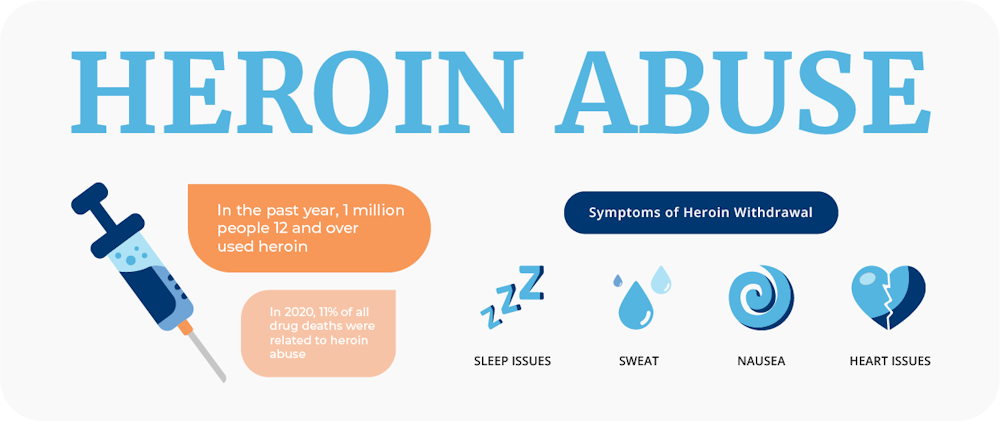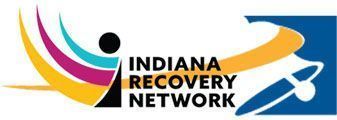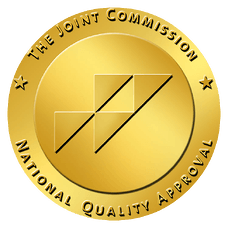Heroin Addiction Treatment and Rehab
Cocaine addiction is a prevalent substance use disorder that many individuals are eager to address. Discover how professional addiction treatment facilities tackle the issue of cocaine addiction.
Cocaine fundamentally changes the brain's chemistry, reaching a point where regular users rely on the drug to experience feelings of joy and thrill. What may initially seem like casual cocaine use can swiftly progress into addiction and dependency. In the worst-case scenario, this may result in a fatal overdose. While treatment for a cocaine overdose can save lives, not everyone is fortunate. If you or a loved one is grappling with a cocaine-related substance use disorder, seeking out cocaine rehab is crucial.
While cocaine addiction treatment proves greatly beneficial for many, finding the right care can pose challenges. Navigating whether cocaine overdose treatment is necessary, determining the required levels of care, and handling insurance coverage can be overwhelming. Luckily, Wabash Recovery is here to provide clarity. Below, you will find resources that connect you to the necessary care, kickstarting your healing journey.
Complete the pre-screen form below to initiate the admission process. Our admissions team will contact you shortly.
How is Heroin Addiction Treated?
- Initially, the pleasurable effects of heroin use are undeniable. However, as time passes, the euphoria diminishes, leading individuals to turn to heroin to alleviate withdrawal symptoms. Heroin addiction can be challenging to overcome, often requiring rehabilitation for successful recovery. Early stages of rehab can be marked by intense discomfort due to withdrawal symptoms, which contributes to continued drug use.
- Following detox, symptoms may lessen but could persist for months or even years. Various treatments are essential to address side effects and cravings:
- Pharmacological Treatments: Prescribed medications are utilized to manage withdrawal symptoms and address Opioid Use Disorder (OUD) symptoms.
- Behavioral Therapy: Cognitive Behavioral Therapy (CBT) and Contingency Management (CM) are common forms of behavioral treatment. CBT focuses on altering expectations and behaviors linked to drug use, akin to traditional therapy. CM, less prevalent, implements a voucher system rewarding individuals with items or prizes based on clean drug screens.
- Combination Therapy: Integrating pharmacological and behavioral therapy approaches. For most individuals, a combination of these therapies is necessary to facilitate recovery.

Types of Rehabilitation for Heroin Addiction
There are three primary options for treating heroin addiction: inpatient, outpatient, residential, and rehab
Inpatient Rehabilitation for Heroin Addiction
Inpatient rehabilitation takes place in a facility where individuals reside and undergo heroin detoxification and withdrawal. Medical professionals provide round-the-clock medical and therapy services, with the patient's time structured to support the healing process.
Inpatient rehabilitation addresses all aspects of individuals' lives as they recover from addiction. This type of rehab may include:
- Nutritious diet: Meals are carefully planned to replenish the nutrients lacking in the typical diet of those struggling with addiction, without causing weight gain associated with heroin recovery.
- Developing healthy habits: In addition to promoting healthy eating, rehab encourages the cultivation of new habits related to exercise, hobbies, and leisure time. These activities help fill the void left by the absence of drug-related social interactions, reducing the risk of setbacks.
- Community support: Fellow residents in rehab provide mutual understanding and social support during the recovery process.
- Establishing healthy boundaries: Living with opioid use disorder often involves blurred boundaries; rehab assists in setting up healthy boundaries and equips individuals with tools to maintain them post-treatment.
- Medical assistance: In situations where detox poses life-threatening risks, trained medical staff are on hand to manage and treat such emergencies.
- Eliminating negative influences: The people one associates with during drug use can have a significant impact on addiction. Separation from such influences is crucial for effective treatment.
- Structured environment: Inpatient rehab offers a structured daily and weekly schedule that aids individuals in their recovery journey.
Outpatient Rehabilitation for Heroin Addiction
Outpatient treatment requires a strong rapport between the patient and the healthcare provider. Healthcare professionals typically recommend outpatient treatment only when they are familiar with the patient. Outpatient rehab includes pharmacological and behavioral interventions, individually or in combination. Consult your doctor to determine if outpatient treatment is suitable for you or your loved one.
Residential Rehabilitation for Heroin Addiction
Residential rehab incorporates aspects of both inpatient and outpatient programs. In this model, individuals reside in a facility where they have access to medical and psychological care. However, patients are allowed to leave the facility to work, attend school, or meet other obligations. Residential treatment enables individuals to distance themselves from sources of negative influence that may foster substance abuse, while still managing their responsibilities.
Dual Diagnosis Treatments
Individuals with a dual diagnosis present two concurrent disorders: a mental health condition and a substance use disorder (SUD). This type of diagnosis, also known as co-occurring disorders, necessitates a unique approach to treatment due to its increased complexity compared to singular diagnoses. While sometimes a mental health issue can lead to a SUD, there are instances where the SUD may trigger mental health complications.
Types of Therapies to Expect During Rehabilitation
Therapists utilize various therapy modalities based on their expertise and the specific needs of the patient. The most well-known therapy type is Cognitive Behavioral Therapy (CBT); however, there are other potential therapies offered during rehabilitation, including:
- 12-step facilitation therapy
- Cognitive behavioral therapy (CBT)
- Community reinforcement approach (CRA)
- Contingency management (CM)
- Family behavior therapy (FBT)
- Motivational enhancement therapy (MET)
- Rational emotive behavioral therapy (REBT)
- Group Therapy
- Individual Therapy
Group Therapy
Group therapy involves a therapist and multiple participants. Common approaches used in group therapy include CBT and REBT. In this setting, the therapist initiates discussions with a positive affirmation, encouraging active participation from each member. Group therapy can boost confidence in social scenarios, providing a constructive platform for addressing heroin addiction.
Individual Therapy
Individual therapy is particularly beneficial for those requiring a tailored approach or facing unique circumstances. One-on-one therapy sessions are accessible for individuals experiencing severe anxiety in social settings.
Drugs Used in Heroin Rehab
During the initial phase of rehabilitation, individuals undergo detoxification and experience withdrawal symptoms. Detoxification is the process of the drug exiting the body, and due to heroin's rapid metabolism, detoxification may be completed before the start of rehab.
Shortly after, and sometimes during detoxification, withdrawal symptoms may manifest. Many treatment approaches in rehabilitation focus on alleviating these symptoms. Certain medications used in heroin treatment include:
- Cravings: Clonidine is prescribed to address cravings for opioids and heroin.
- Diarrhea: Loperamide is the primary medication for managing diarrhea, with alternative options considered if loperamide proves ineffective.
- Nausea/Vomiting: Ondansetron helps prevent nausea, while promethazine is used to treat nausea following vomiting.
- Pain: Non-opioid medications like acetaminophen, ibuprofen, and naproxen can assist in pain management.
Following the dwindling of initial withdrawal symptoms, physicians may recommend medications to address Opioid Use Disorder. These treatments help reduce cravings and withdrawal symptoms post-detoxification.
- Buprenorphine: Buprenorphine works by stimulating opioid receptors to alleviate withdrawal symptoms, while also impeding the effects of heroin. The euphoric sensation from using heroin will be diminished when buprenorphine is taken.
- Methadone: Similar to heroin, methadone activates opioid receptors but provides a lesser sense of euphoria. Methadone is released slowly in the body, offering an extended duration of action for up to five days, compared to heroin's short 30-minute effect.
- Naltrexone: By completely blocking opioid receptors, naltrexone prevents individuals from experiencing the high associated with heroin use.
How Long Does Heroin Rehab Last?
The duration of rehabilitation varies for each individual. It can range from a week to multiple months, contingent on the response of the addiction to treatment. Longer addictions and more severe withdrawal symptoms typically necessitate an extended stay.
Continued Healing for Heroin Dependency
An effective rehabilitation center offers ongoing support within the community, possibly as part of a larger health system providing outpatient care. Alternatively, they may collaborate with other outpatient treatment facilities and healthcare providers.
Treatment for heroin addiction doesn't conclude upon leaving rehab. It is a lifelong journey, and follow-up care is vital for sustained progress.



